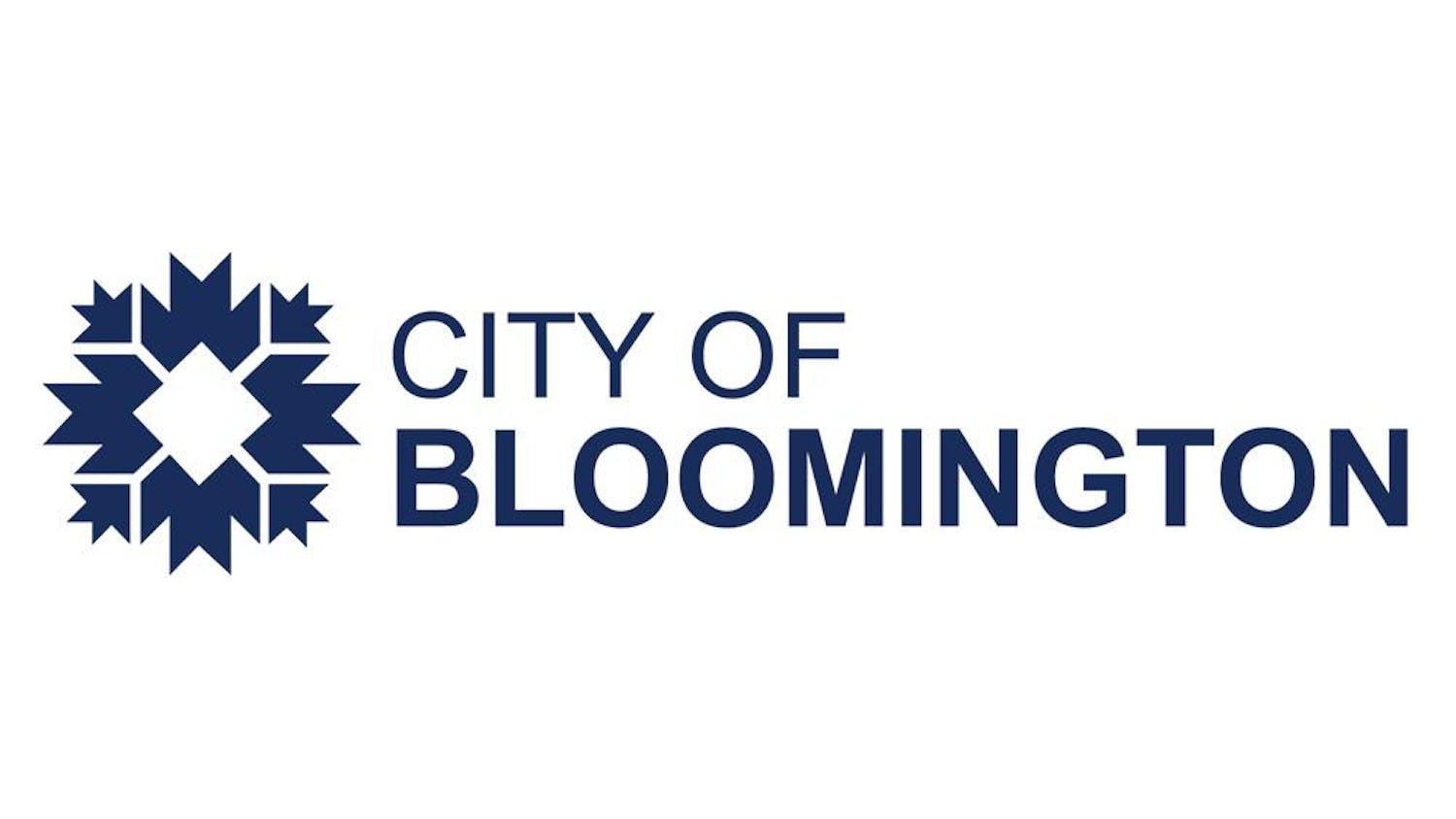Weeks of planning can go to waste for student organizations that are failing to entice students to get involved on campus.\nSome campus organizations are finding it difficult to recruit new members and attract students to sponsored events. These organizations are forced to look at new tactics and reconsider the structure of their programming.\nLa Casa, the Latino cultural center, experienced these problems last week when director Lillian Casillas organized an event to celebrate Rodolfo "Corky" Gonzales, a Latino activist. No one showed up to the event, and although disheartened, Casillas was not surprised.\n"Our numbers are not as high as they used to be," Casillas said. "There used to be about 30 to 40 students, and now it's closer to 20 or 25."\nCasillas admits she isn't sure where the lack of involvement comes from, especially since much of La Casa's programming is based on students' suggestions.\n"Maybe we're not in people's radar," Casillas said. "Maybe we're not able to reach them." \nA year ago, Casillas said La Casa looked at what could be done to improve student turnout. The culture center decided to cut down on programming by having fewer events, but with a larger turnout. \n"It's quality versus quantity," Casillas said.\nShe cited the growing number of student organizations on campus as a reason for decreased attendance. Although the organizations have to compete to recruit members, Casillas said co-sponsoring events are helping to attract students.\n"(Co-sponsoring) gives access to different populations and has created a bridge between ideas and cultures that might not have been there before," Casillas said.\nLa Casa is co-sponsoring a "diversity dinner" with the Asian Culture Center, Episcopal University Ministry and four other campus organizations. The dinner is titled "Who Says We Can't Talk About Identity, Politics, Sexuality, and Religion Over Dinner?" and will be held tonight at the Helene G. Simon Hillel Center.\nRabbi Sue Shifron, director of Hillel, said that it's important to "constantly be creative" to attract students, like sponsoring a dinner for students to learn to cook and openly discuss ideas.\nShifron said targeting certain students, rather than seeking a general audience, is "always helpful" in keeping student participation high. \nSome organizations targeting general audiences, like the IU Student Foundation, have found continued success each semester.\nBrett Rozanczyk, a senior on the steering committee for the IUSF, said marketing for call-out meetings has been essential for attracting students. Rozanczyk said that although attendance at the Jan. 18 meeting was low, better weather on the 19th resulted in over 100 students attending the meeting.\nRozanczyk said the type of students the foundation attracts makes the organization \nappealing.\n"I like the people, they're top notch," Rozanczyk said. "The students involved know what they want to do and are very focused and organized."\nDean of Students Richard McKaig said in the last several years, he has noticed a reduction in the number of students "seeking to get involved."\n"I think, generally speaking, we have seen a decline in involvement in traditional student activities," McKaig said.\nHe said today students have more options, and are able to get involved with a personal interest electronically. \n"(Technology) is redefining what it means to be active in a group," McKaig said.\nOne theory that explains the decrease in student involvement is the amount of people living on campus, McKaig said. Twenty years ago, most students were living on campus. But over the years, students have "migrated off campus," which provides an extra challenge for getting to meetings.\nMcKaig said IU is a "flexible university" for students, where they can start their own organization to get connected to the University.\n"I do encourage students to find something to get involved in," McKaig said. "Students who get involved in activities are more likely to stay (at the University) and graduate." \nSteve Veldkamp, assistant dean of students and director of the Student Activities Office, said the SAO registered 511 student groups as of April 2005, which is an increase of 150 groups from the previous year.\nVeldkamp attributes the increase in organizations to the targeting of personalized interests.\n"The recent growth in student organizations is due in part to groups organized around themes and/or trends such as poker, dance, musical and business interests," Veldkamp said.\nThe growing number of student organizations may be one cause of low turnout in other groups, but Veldkamp said the important issue is that students are involved.\n"Students who are involved in organizations help to create the unique, vibrant social climate of our campus," Veldkamp said. "The learning that occurs when someone is exploring their interests and passion is nothing short of extraordinary."\nLaura Burns, a senior and former member of the IUSF, said the group continues to have strong participation, although many student leaders on campus are attracted to philanthropic events like IU Dance Marathon, which raises money for Riley Children's \nHospital.\nBurns said some student organizations are effectively marketing their information, but it's up to the students to make the effort to get involved.\n"You have to do a lot of work as an individual, like going to a call out meetings," Burns said. "You can't sit back and let the organizations come to you, just like in the real world. It's good practice"
Campus groups struggle with turnout
La Casa, IUSF among those trying to attract members
Get stories like this in your inbox
Subscribe





